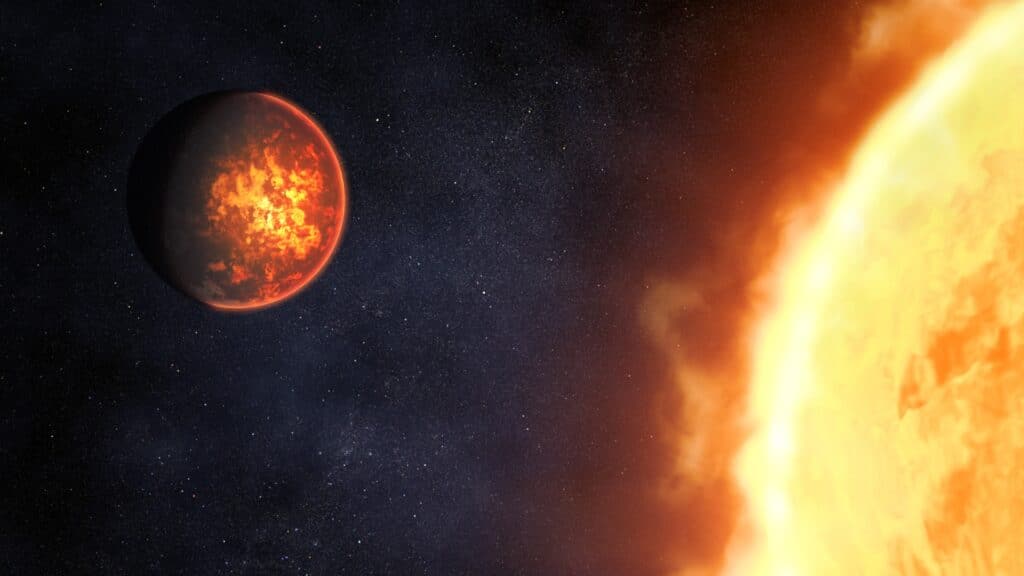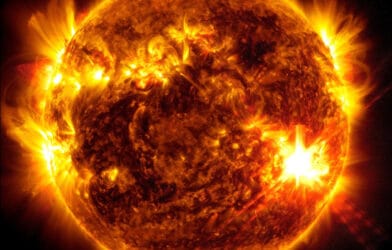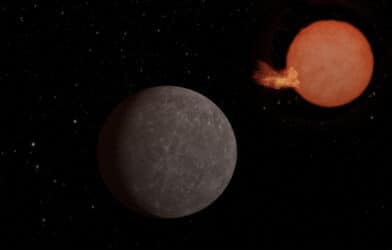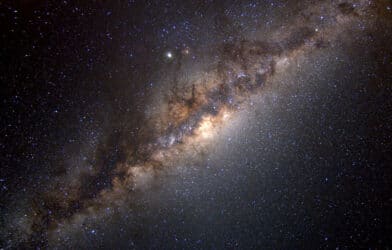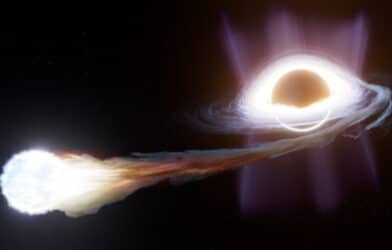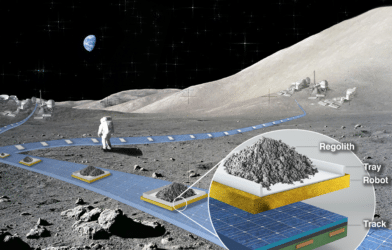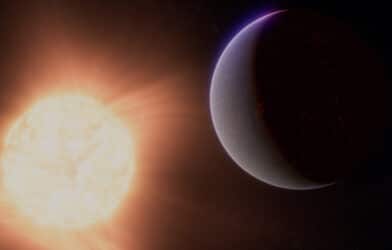In the cosmic ballet of stars and planets, astronomers from the University of California-Riverside have stumbled upon a bizarre world trapped in a relentless tug-of-war between its sun and two giant planetary siblings. This ill-fated “hell” planet, about the size of Earth, faces a fiery fate as it’s stretched and squeezed by the gravitational forces around it, according to a new study published in The Astronomical Journal.
“It was one of those discovery moments that you think, ‘Wow, it’s amazing this can actually exist,’” says lead study author Stephen Kane, astrophysicist at UC Riverside.
The planet orbits the star HD 104067, a cosmic neighbor just 20 light-years from Earth. It was first spotted by NASA’s planet-hunting space telescope TESS, which detected the telltale dip in starlight as the planet passed in front of its sun. Intrigued, UC Riverside researchers took a closer look using powerful ground-based telescopes, and that’s when the story got interesting.
It turns out this little planet, dubbed TOI-6713.01, is in a tight spot. It’s locked in a two-day orbit around its star, so close that it completes a “year” in the time it takes you to watch a long movie. If that wasn’t rough enough, it’s got two hefty companions — giant planets several times more massive than our own Jupiter, in orbits much farther out.
Here’s where things get wild: those big planetary bullies are engaged in a regular cosmic quarrel, their oval orbits bringing them close together and then far apart over and over. As they dance this endless do-si-do, they’re giving each other gravitational nudges, tweaking their orbits. But our little Earth-sized world gets caught in the middle, getting tugged first one way, then another, in a deadly game of planetary tug-of-war.
Those relentless gravitational pulls stretch the planet’s orbit from a perfect circle into an oval. And that has dire consequences. At one end of the oval, the planet swings precariously close to its star, feeling the full blast of stellar radiation. At the other end, it gets a bit of respite, but the damage is already done.
Researchers calculated that these regular tugs are kneading and flexing the planet’s interior, a process called tidal heating. It’s like the planet is getting a cosmic deep tissue massage, except this massage is so intense it’s turning the planet’s insides into molten magma.
In fact, their calculations show that at the peak of this process, the planet’s surface could be a hellish 4,000 degrees Fahrenheit. That’s hot enough to melt rock and glow a dull red. If you could stand on this world, the ground beneath your feet would be molten lava. Researchers say this planet is similar to Io, Jupiter’s rocky innermost moon and the most volcanically active body in our solar system.
“This is a terrestrial planet that I would describe as Io on steroids,” explains Kane. “It’s been forced into a situation where it’s constantly exploding with volcanoes. At optical wavelengths you would be able to see a glowing, red-hot planet with a molten lava surface.”
It’s a stark contrast to Earth, where tidal forces from our relatively distant and well-behaved moon gently churn our oceans’ tides. On TOI-6713.01, tidal forces are a destructive sculptor, turning the planet into a distorted, glowing ember.
The discovery of this planetary purgatory is more than just a cosmic curiosity. It’s a vivid demonstration of the incredible variety of planetary systems out there, and how different they can be from our own solar system’s relative peace and stability.
It also underscores the complex dance of gravity that can shape the fate of worlds. In our solar system, the planets’ nearly circular orbits ensure a kind of cosmic harmony. But in systems like HD 104067, the planets’ oval orbits are a recipe for chaos, with world-altering consequences for any unfortunate planets caught in the middle.
“This teaches us a lot about the extremes of how much energy can be pumped into a terrestrial planet, and the consequences of that,” concludes Kane. “While we know that stars contribute to the heat of a planet, the vast majority of the energy here is tidal and that cannot be ignored.”
